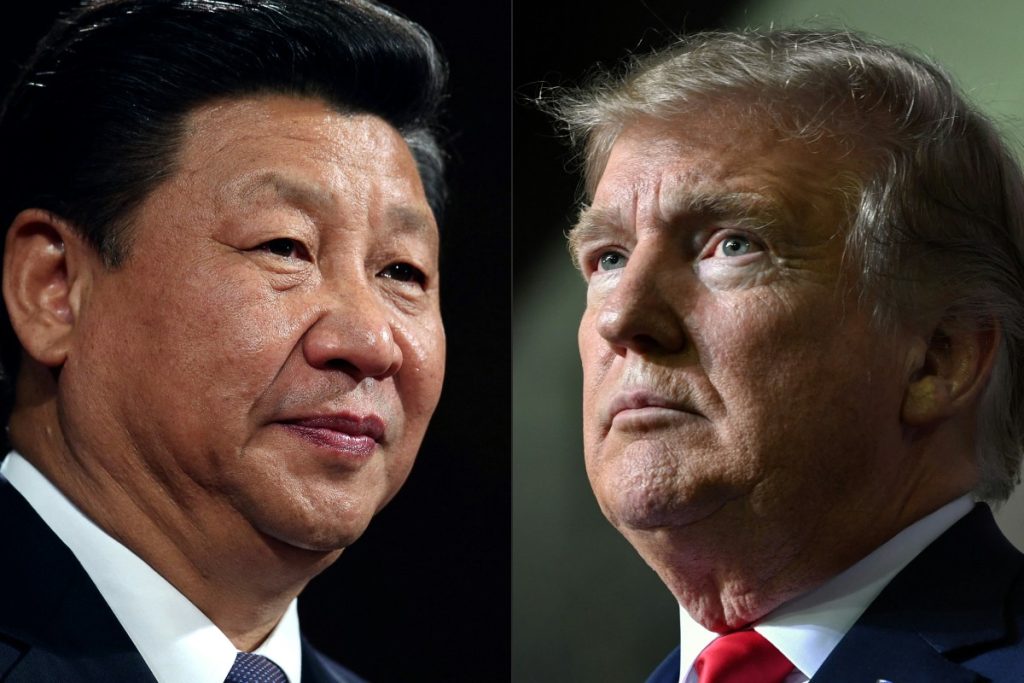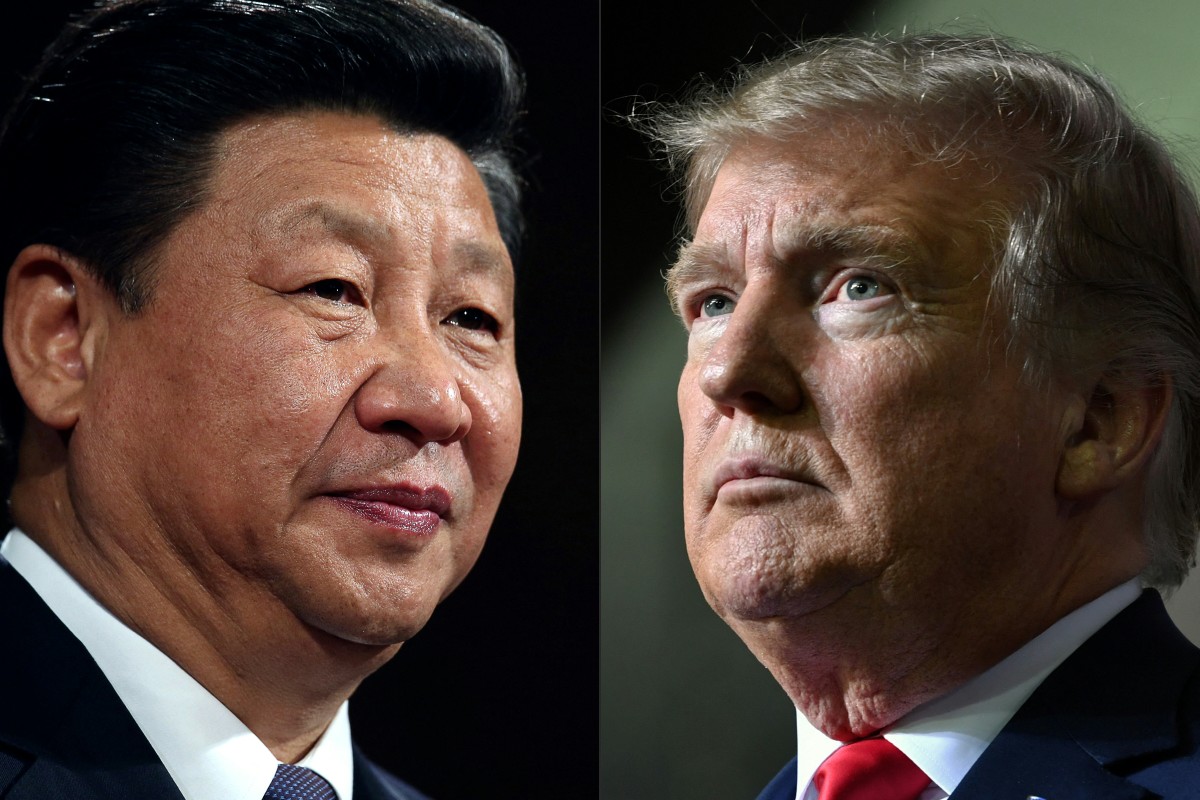Global equities expert offers blunt message about US-China trade deal

So, at the end of the day, was it all worth it?
President Donald Trump’s sweeping tariff regime slammed into the economy like a runaway freight train.
💸💰Don’t miss the move: Subscribe to TheStreet’s free daily newsletter 💰💸
After what he called his April 2 Liberation Day tariff reveal, the stock market sold off, with the S&P 500 marking its worst two-day loss since the Covid-19 pandemic.
China supplies 74% of the toys imported into the U.S., 40% of the footwear and headgear, and a quarter of the electronics and clothing, according to a USA Today analysis of U.S. imports in 2024.
It was looking pretty rough until the U.S. and China agreed to drastically roll back levies on each other’s goods for an initial 90-day period.
Related: Veteran portfolio manager buys several stocks after US-China trade deal
The U.S. temporarily lowered its overall tariffs on Chinese goods to 30% from 145%, while China will cut its levies on American imports to 10% from 125%. The remaining tariffs, including a 30% tariff on China, are still in effect.
Still, the stock market took off on the news as the S&P 500 clawed back the tariff-driven losses.

DAN KITWOODNICHOLAS KAMM/Getty Images
RGA investment chief: Stock market rally has legs
Rick Gardner, chief investment officer with RGA Investments, says the stock market’s rally has legs.
He noted that the trade negotiation with China seemed the toughest one on the docket, “and the idea that there has been this much progress on the negotiations over such a short period of time suggests that a resolution may be on the horizon.”
“While there are undoubtedly still uncertainties and details to iron out with the trade negotiation with China, the easing of tensions is apparently enough for the markets, which are typically forward-looking and are pricing in an environment where the U.S. and China are able to trade with each other,” Gardner said.
“While there are undoubtedly still uncertainties and details to iron out with the trade negotiation with China, the easing of tensions is apparently enough for the markets, which are typically forward-looking and are pricing in an environment where the U.S. and China are able to trade with each other,” Gardner said.
“Trade was not possible with 145% reciprocal tariffs between the two nations,” he added.
More Economic Analysis:
- Fed inflation gauge sets up stagflation risks as tariff policies bite
- U.S. recession risk leaps as GDP shrinks
- Like it or not, the bond market rules all
The tariffs came with a hefty price tag in the form of a steep fall in global manufacturers’ purchases.
North American factories respond to tariffs by buying fewer inputs and aggressively stockpiling, according to the GEP Global Supply Chain Volatility Index. Purchasing by Asian manufacturers is at its weakest since December 2023 as demand slumps across the region’s key exporting hubs.
The index tracks demand conditions, shortages, transportation costs, inventories and backlogs based on a monthly survey of 27,000 businesses.
“The pause on tariffs is a major relief for manufacturers in both the U.S. and China,” John Piatek, vice president of consulting for GEP, told CNBC. “Our Supply Chain Volatility Index shows manufacturing demand in China is dropping steeply, and U.S. manufacturers are aggressively stockpiling key inputs to buffer against tariffs.”
He added that the trade deal wouln’t quickly quiet U.S. manufacturers’ anxiety about how to reduce risks related to China for the long term.
“As they maneuver to derisk and limit exposure to China, the rapidly changing landscape and uncertainty is clouding manufacturers’ outlook and dampening their capital investment and supply chain,” he said.
Equities expert: Trade deal just suspends trade ban
Although Trump said his administration achieved a “total reset with China” with the latest agreement, Alex Frew McMillan is not feeling it.
McMillan, global equities expert for TheStreet Pro, said that while the White House was announcing a “trade deal in Geneva,” the Chinese spoke only of a “consultation mechanism” to continue talks, which Beijing said have been “candid, in-depth, constructive.”
“But this is not a ‘trade deal’ in the normal sense, one of those free-trade agreements negotiated over months or years that lays out tariff-free or favorable-tariff rates on certain goods in exchange for easier market access in the partner nation,” he said in his recent TheStreet Pro column.
“It is simply a suspension of the effective ban on trade, which would have proved ruinous,” he said.
Related: Veteran economist revamps recession forecast after China deal
Investors appear to read this agreement as a full white flag in the trade war, McMillan said, “but we are going to go through this whole rigmarole in another 90 days.”
“Meantime, the initial suspension of ruinous tariffs on other nations will expire in early July, bar the U.S. negotiating team striking agreements with the 100-odd nations affected,” he said.
Even for countries with a U.S. trade surplus, such as Britain, McMillan said those tariffs are escalating almost fivefold to 10%.
Britain’s trade “deal” is a 10% tariff on 100,000 cars, more or less the number of Bentleys and Jaguars shipped stateside last year, and eased access for U.S. and U.K. beef exports, to the tune of £5 billion, or roughly $5.6 billion, for U.S. farm goods, which McMillan described as “small potatoes.”
“To see U.S. tariffs escalate worldwide is not a good thing,” he said. “It is an inflationary higher tax on trade, it introduces inefficiencies into global supply chains, it scuppers the best attempts of multinationals to do any sort of long-term planning, and it will raise prices for U.S. consumers.”
Now, don’t get him wrong: McMillan said it’s very positive to see China and the U.S. talking trade.
“But this is only a positive for a negative economic world state that did not exist as we entered this year,” he said.
“The U.S. economy was in good shape before the tariff tantrum, with low unemployment, inflation just above the desired 2% rate, the world’s largest and richest economy ticking along nicely.”
Related: Veteran fund manager unveils eye-popping S&P 500 forecast
#Global #equities #expert #offers #blunt #message #USChina #trade #deal




